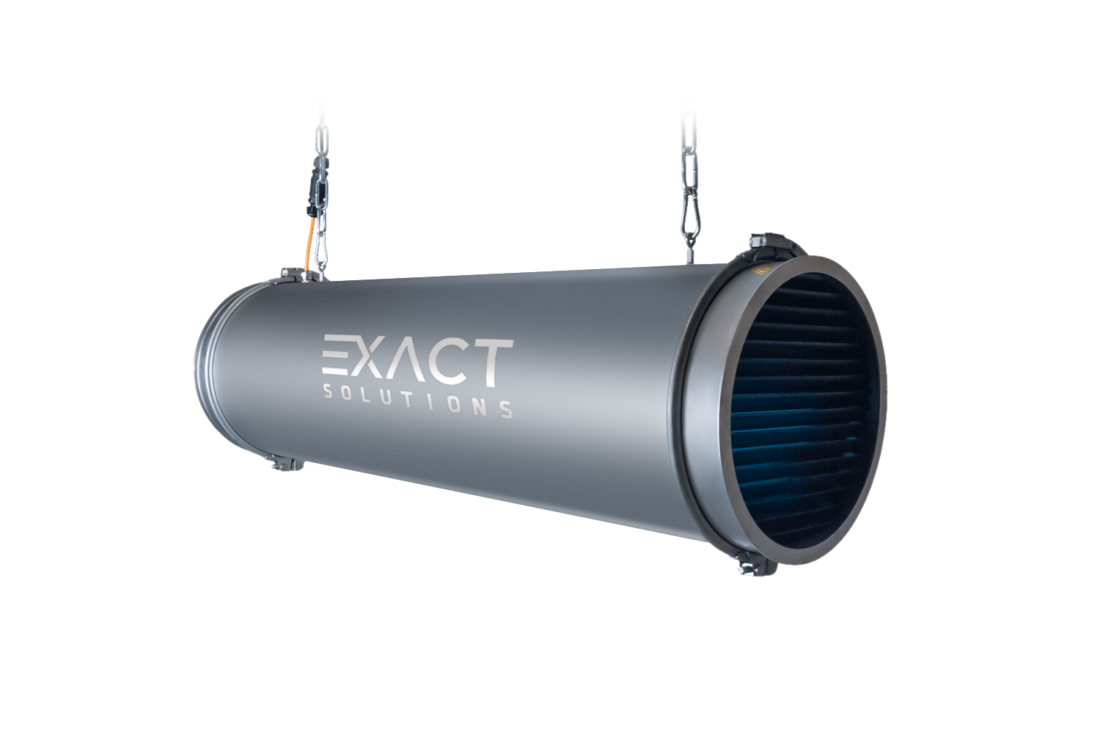
#Uvc light for home skin
Avoid direct skin exposure to UVC radiation and never look directly into a UVC light source, even briefly. Q: What are the risks of exposure to UVC radiation?Ī: UVC radiation can cause severe burns of the skin and eye injuries (photokeratitis). Thus, the only way that humans can be exposed to UVC radiation is from an artificial source like a lamp or laser. UVC radiation from the sun does not reach the earth’s surface because it is blocked by the ozone layer in the atmosphere. UVA rays have a longer wavelength that can penetrate the middle layer of your skin (the dermis)Ī: UVC radiation is the highest energy portion of the UV radiation spectrum.UVB rays have a short wavelength that reaches the outer layer of your skin (the epidermis).
#Uvc light for home series
Wavelength describes the distance between the peaks in a series of waves. Like all forms of light on the EM spectrum, UV radiation is classified by wavelength. So, most of the UV rays you come in contact with are UVA with a small amount of UVB. While UVA and UVB rays are transmitted through the atmosphere, all UVC and some UVB rays are absorbed by the Earth’s ozone layer. UVA rays have the longest wavelengths, followed by UVB, and UVC rays which have the shortest wavelengths. The most common form of UV radiation is sunlight, which produces three main types of UV rays: More Information on the Electromagnetic Spectrum Q: What are the different types of UV radiation?

At the top of the spectrum, gamma rays have photons with very high energies and short wavelengths with peaks that are close together. The photons of microwaves have higher energies, followed by infrared waves, UV rays, and X-rays. These ranges describe the activity level, or how energetic the photons are, and the size of the wavelength in each category.įor example, at the bottom of the spectrum radio waves have photons with low energies, so their wavelengths are long with peaks that are far apart. The EM spectrum is divided into categories defined by a range of numbers.

All EM radiation (also called EM energy) is made up of minute packets of energy or 'particles,' called photons, which travel in a wave-like pattern and move at the speed of light. More Information on UV Radiation Q: How is radiation classified on the electromagnetic spectrum?Įlectromagnetic radiation is all around us, though we can only see some of it. UV radiation is the portion of the EM spectrum between X-rays and visible light. Radio waves that transmit sound from a radio station’s tower to your stereo, or between cell phones microwaves, like those that heat your food in a microwave oven visible light that is emitted from the lights in your home and X-rays like those used in hospital X-ray machines to capture images of the bones inside your body, are all forms of EM energy. UV radiation is only one type of EM energy you may be familiar with. UV radiation is only one form of radiation and it is measured on a scientific scale called the electromagnetic (EM) spectrum.

How is radiation classified on the electromagnetic spectrum?.


 0 kommentar(er)
0 kommentar(er)
